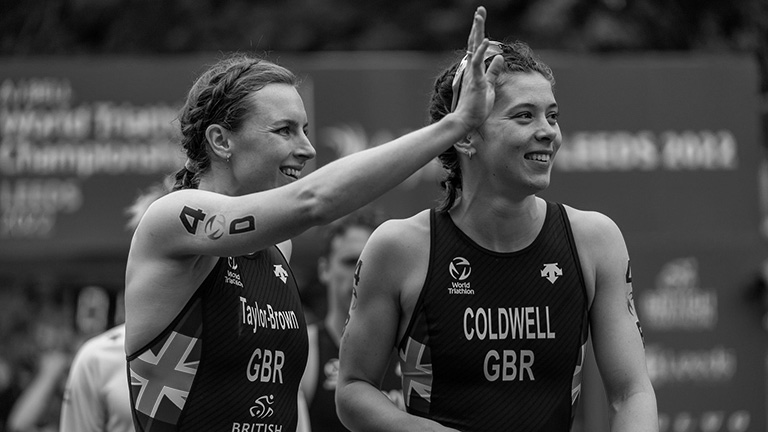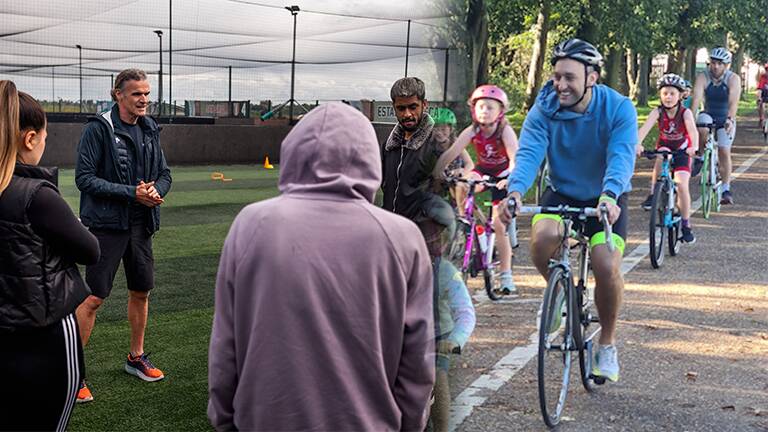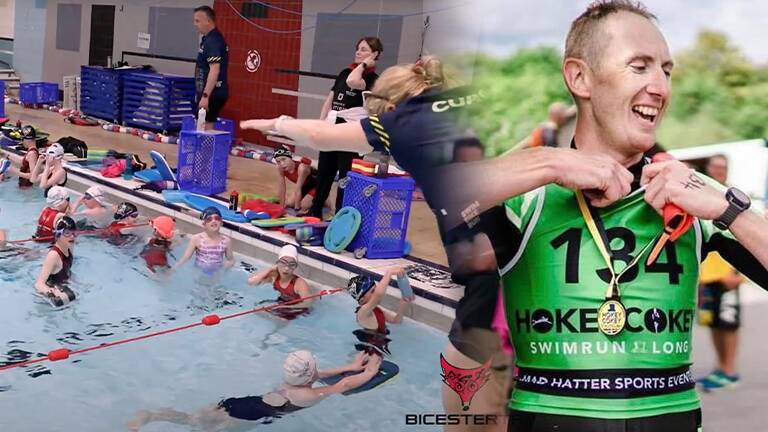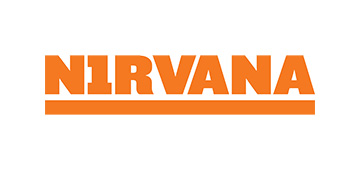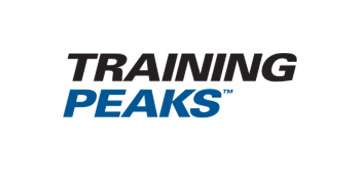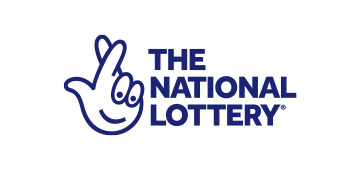Our Official Power Meter Supplier, 4iiii, have given us their top reasons on why to train with a power meter and how to get the most out of them for your training.
Power meters are not just tools for the elites. Everyone from a Kona-bound triathlete to a Gran Fondo enthusiast to those just riding to their local coffee shop can benefit from using a power meter.
POWER NUMBERS ARE CONSISTENT
Power is the most accurate way to measure your effort level when cycling. Traditional training methods such as heart rate, speed, and perceived exertion can all change with external variables. Power is not affected by any outside variables, only by the pressure applied to your pedals. 250W into a headwind is the same effort level as riding at 250W with a tail wind.
Let's say you are riding to your favorite coffee stop. If you were pacing by speed, you may be pushing too hard into a headwind and may need more than a shot of espresso to make it back home. As you arrive at the cafe, you order your shot of espresso and head back home. As the caffeine enters your bloodstream your heart rate begins to elevate which may cause your heart rate zone that you are trying to target become inaccurate.
As you ride back, that tbsp of sugar that you put in your espresso shot begins to kick in. You are feeling good and start upping the pace, only to be barely able to pedal 30 minutes later as you use all of the energy from the sugar and head towards a catastrophic bonk. Using a power meter can help you avoid all of these situations allowing you to pace your effort consistently.
GET ACCURATE TRAINING ZONES
A power meter will provide you with accurate training zones, and you can use these training zones to get faster. One of the first things that you will want to do when getting your power meter is to do a fitness test. You can use popular indoor training applications such as Zwift or Trainer Road who have these tests already built into their software. You can either use a ramp test or 20 minute effort to get your FTP (Functional Threshold Power), the theoretical power that you can hold for 1 hour. If you are new to training, a ramp test is the recommended protocol as it is less daunting then an all out 20 minute effort and doesn't require any pacing. If you are doing your test outside, you will have to perform the 20 minute test. Find a flat or slightly uphill piece of road with no stops and minimal turns. Perform an all out 20 minute effort. Take the average power over the 20 minutes and multiply by 0.95. This will be your FTP and will help create your training zones.
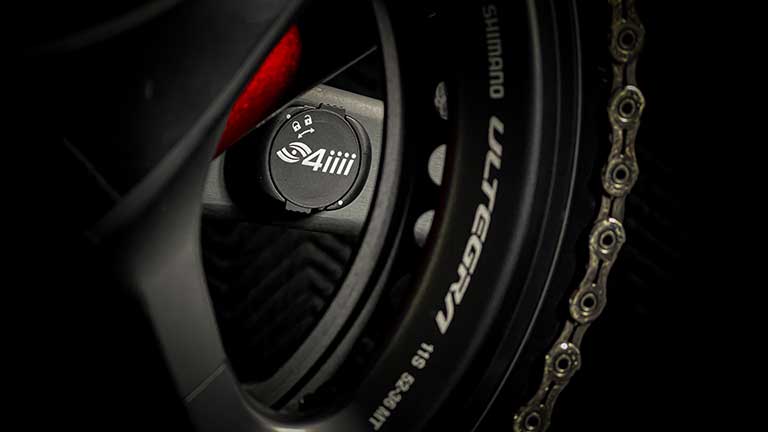
STRUCTURE WORKOUTS MORE EFFECTIVELY WITH YOUR TRAINING ZONES
Once you know your FTP, you can use this number to determine your training zones. You can use these zones and numbers for structured interval training assigned through a coach or training app, or just for a pacing guide on your way to the coffee shop. If you had a power meter, you could have seen that you were pushing over your limit on your way to the coffee shop and may have prevented that catastrophic bonk!
A POWERMETER IS THE MOST ACCURATE WAY TO TRACK CALORIES BURNED
A power meter is able to track the number of Kilojoules produced in a ride. 1 calorie = 4.186 kilojoules. Although at first glance it appears that there is a 4 to 1 ratio comparing kilojoules to calories, the human body produces a lot of heat energy when applying power to the pedal and part of those calories are wasted as heat. Factoring inefficiencies, 1kJ of exercise equals roughly 1 calorie of food burnt.
Not everyone is the same, but a power meter can show you your calories burned within 5% accuracy while heart rate can only predict your calories within 10% - 20% accuracy. If you are looking to lose weight, maintain weight, or track your calories only a power meter can show you, with the highest accuracy, how much energy you have burned during your workout.
TRACK YOUR FITNESS AND FATIGUE TO HELP YOU REACH YOUR FULL POTENTIAL
With training platforms such as TrainingPeaks, Today's Plan, Trainer Road, Zwift, and Strava showing TSS (Training Stress Score) or Suffer scores a power meter is the only accurate way to gather this data. A training stress score for an activity is calculated based off your FTP and the power levels held during your ride. 100 TSS = riding at FTP for one hour. If you ever score higher than 100 TSS in an hour it is time for an FTP test! TSS is used to calculate your CTL and ATL level. Your CTL is your chronic training load, and is your average TSS over the past 45 days. Your CTL is also known as your fitness.
Your ATL is your acute training load and is your average TSS over 7 days. This is also know as your Fatigue level and can be used to judge the training load over 1 week of training. You can subtract your CTL from your ATL to give you your TSB (training stress balance). Your training stress balance represents your freshness or fatigue. If your TSB is negative that means you are fatigued, but building fitness. If your TSB is positive this means that you are fresh.
Using a coach or online training platform will ensure that you are building fitness at the right time, and transitioning to a positive and fresh TSB so you perform at your best for your big event or KOM attempt.
British Triathlon Home Nation Members can benefit from 20% off all products across the 4iiii Innovations UK website. Log in to your member benefits area today to access the 4iiii discount.


